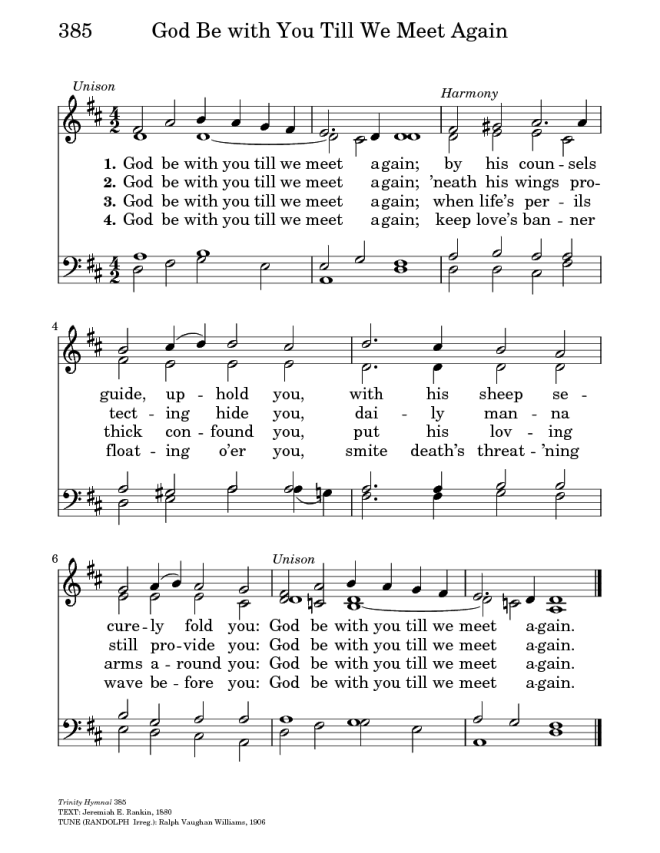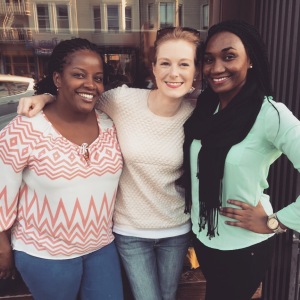In hospice chaplaincy, I pray a lot. I pray the rosary. I pray the Hail Mary. I pray special occasion prayers in the Greek Orthodox, Hindu, Muslim and Jewish traditions. I even have learned to pray special Novenas with patients for whom certain Saints have particular power and connectedness to their living, or to their dying.
At times, I even pray for myself. This can be the most neglected prayer, particularly in the hustle and bustle of a busy clinical day – when Bible Studies, devotional materials and singing groups need to be organized; Sacraments arranged; and my most favorite moments of all, just sitting and being present with another, hearing a response to the question, “How are you?”
My life has been filled with hustle and bustle. The sacred and the mundane. With three week-long hospital stays, a thoracic surgery just before Thanksgiving, and a few complications, little time was left to, “think theologically” about “where God is working.” Or to wonder, “what I’m hoping for in the midst of my illness journey.” And best yet, “where I find meaning in the midst of all this.” Questions similar to those I find myself asking my own hospice patients and families with the hopes of finding solid ground amidst change using whatever faith or spiritual tradition might prior have offered comfort or peace. Yet, as I sat with a chaplain and dear friend of mine during this last hospital stay, I found myself thinking, exploring, and pondering just these questions, finding no answers, but more questions – just the nature of God, really.
For most of my faith journey, I have experienced the tactile nature of God through others – God’s grace through the kindness of others, love through the communion of saints, generosity through the caring kindness of my friends and family. You get the idea. And while I could wax and wane theological, what strikes me most is how God has shone God’s self most profoundly through the anonymous. My dad’s incredible secretary, “A,” is a devout Catholic, and a truly miraculous woman. A cheerful voice on the other end of the phone when I call my dad, the woman who scanned and mailed many a college application, printed out directions to college tours, helped with train, plane and bus tickets, and gave me advice when my dad couldn’t talk. Her daughter – an incredible pastry chef – even baked my 21st birthday cake. (Trust me, it was delicious). This woman is a distinct part of my memory growing up, and has worked miracles in my life I’m likely unaware of.
Here’s where the story begins, and “A” comes in…On Thanksgiving night, the lung I had a surgical biopsy on suffered complications again, I ended up back in the hospital. Unbeknownst to me, my dad emailed “A,” to tell her how I was doing, and asked her to pray for me. When the day was over, and the crisis blew over, “A” had sent my dad an email assuring him that she had prayed to St. Jude, and he had always taken care of her when things were hopeless. “Don’t worry, he takes care of everything,” she wrote back in a single line, no flowery comforts, just a single assurance.
St. Jude is the patron saint of lost causes, the saint for the hopeless and the despaired. He is also known to intervene when things are most dire. St. Jude, tradition has it, suffered martyrdom. Now, while my situation was by no means dire, nor hopeless, the lesson came in the form of a sincere and deeply held faithful prayer from a woman who knows me. This gesture was a lesson in prayer for this chaplain, and caused me to step back and ponder the intentionality of my own prayer life, having struggled with the question that is frequently asked of someone going through a significant life event – “How can I pray for you?” Having shied away from this question a few months ago, not having the language, nor the breath to answer, I now do, thanks to the courage, humility and faith of a woman who prayed without ceasing a Novena, not from my tradition but from her own.
To pray is to participate in collective wholeness, collective solidarity – it is to enact the communion of saints, to lift another member of the broken body up one step closer toward wholeness, if even for a moment. What matters not as much is the language used – if it is perfect, theological in nature, holier than thou or recited in perfect form, but rather that a prayer is lifted, that God’s name is spoken, and the person’s intentions mentioned from the heart. For as Christian Scriptures say, “Where two or three are gathered in my name, there I am with them.” Granted, this scripture can be taken to include social justice causes, worship, ministry with the sick and the occasional rush hour prayer, but regardless, God is in the midst of each lifted intention, each hand held outstretched in humble sincerity.
So where is St. Jude in all of this? I am by no means a lost cause, but rather one in progress, and that is exactly what the St. Jude novena is all about for me. A prayer of journeying, of moving from one lily pad to another, to another, to another with God. As a life of faith is a journey of change, of being both lost and found. Of being the one sheep out to pasture and the 99 who have been found by the shepherd, to borrow from the parable of the Lost sheep (Matthew 18, Luke 15). In my lostness, I have been deeply found. In my sojourning, I have found newness in my faith through the prayers of friends and family; not through the language of my own faith, but rather through language that feels at times both utterly foreign and perfectly at home to me – a Reformed Christian educated by the Presbyterians, and finally influenced by Puerto Rican Sikh, Buddhist American Baptist and Unitarian Universalist CPE Supervisors.
And so, I begin my St. Jude Journey – a lesson in prayer, to find my lily pad journey with God. From one ending, to a new beginning.



